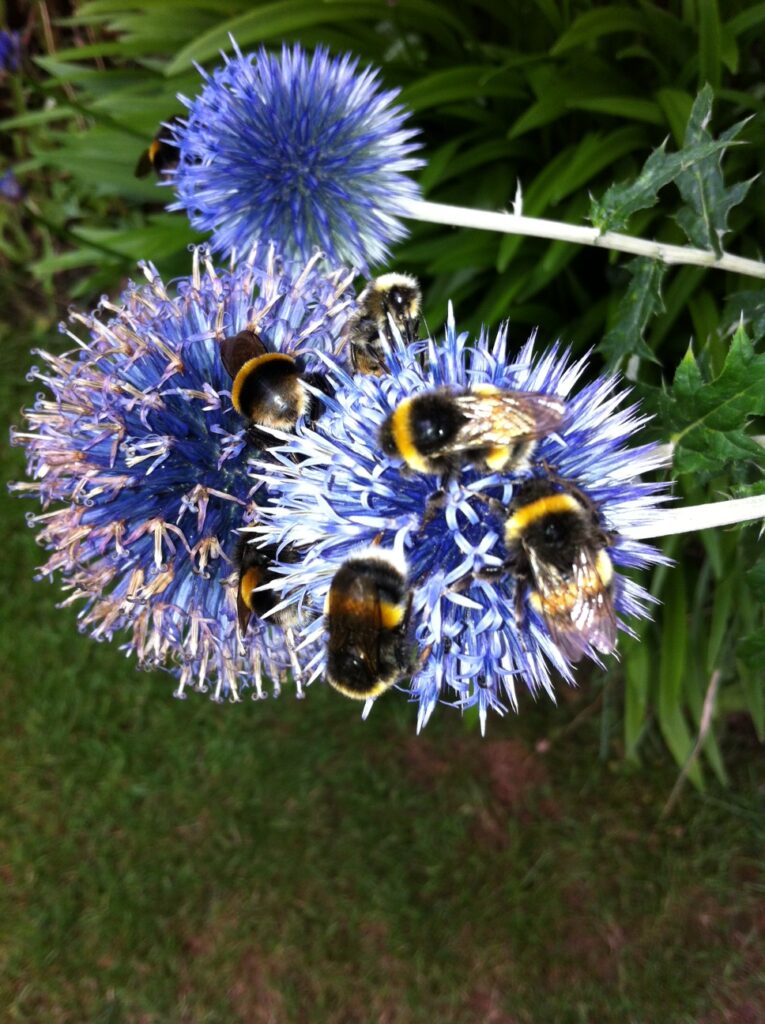Dear Integral Meditators,
I hope that you have had a good week that you feel has served your inner growth well! This weeks article explains an meditation practice that I really have something of a soft spot for, and that is of real practical value. Our past experience is constantly impacting our experience of the present, and the meditation is specifically designed to effect a healthy ongoing relationship between our past and present, so that we can face the future with confidence.
In the “upcoming courses” section you’ll see that I have mapped out the workshop program from now until the end of the year (I’ll have to see about online courses, I’m not sure yet). The main thing that is ‘new’ is that I will be backing up the Shadow and Zen meditation workshops with level 2 workshops, so for those of you that have done the introductions, there will now be an opportunity to go onto the next step!
For any of you that missed the mid-week email with the free meditation audio on transforming stress, you can have a listen just by clicking HERE.
Toby
Upcoming Courses at Integral Meditation Asia:
Sunday October 27th, 3-6pm – Finding Freedom From What Holds You Back in Life: Practical Meditations And Techniques For Working With your Shadow-Self – A Three Hour Workshop
Tuesday 19th November, 7.30-9.30pm – An Introduction to Meditation from the Perspective of Zen Level 1
24th November – An Introduction to Meditation From the Perspective of Zen Levels 2&3 (full details shortly)
Dec 1st – Shadow Meditation Level 2 (full details shortly)

Transforming Specific Aspects of Your Past Through Shadow Meditation
This article explains a practical way of working with aspects of your own individual past history in order to transform the way in which we experience the effects of that past in our lives right now.
Often we are not fully aware of the effects that our past history is having upon our present moment experience; the purpose of this meditation is improve our awareness of the way our past is impacting our present, and to effect a healthy communication and reconciliation between the person we are now and the person who went through those past experiences.
Those of you that have done some shadow coaching with me, or attended a shadow workshop will recognize some of the techniques in this meditation. The meditation technique is simple but powerful, and there is plenty of room for you to follow your own intuition and imagination.
The Practice:
Stage 1: Select a past experience to focus on
Choose an area of your past that you wish to investigate, perhaps one that you consciously or intuitively feel that there are some unresolved issues for you. Examples might be:
- A particular period of your childhood upbringing or schooling
- A particular relationship with a parent, sibling or teacher
- A difficult time such as post-divorce, being layed-off at work, or times when you had to experience your parents going through this
Stage 2: Connect to and travel down your life tree:
Having set the past experience you wish to investigate, set your intention to investigate it. Then sit down in meditation and see yourself in front of a huge tree, with its roots going deep into the earth, and its branches reaching high up into the sky. Think of this tree as your own personal Tree of Life, or Life Tree.
In the bottom of the trunk of the tree there is a door. When you are ready open the door. See extending down into the earth below there is a spiral staircase. Follow it down as far as it goes until you find a second door, which takes you out into a landscape connected to the period of your life that you wish to investigate.
Stage 3: Encounter and communication
In that landscape you encounter a figure connected to that past period of your life. For example if you are investigating a period of your schooling, then you might meet yourself as a young boy, or one of your teachers (whatever appears at this stage is right for you, trust what you see). Investigate the feelings that arise from your encounter with this figure (or figures). When you are ready, ask the figure three questions:
What is it you wish to communicate to me?
How can I help resolve the issues that you are unhealed?
How can I be of service to you?
Pay attention to and note the answers that come back.
Stage 4: Conclusion
When you are ready, say goodbye and return back up the spiral staircase to the surface world. Try and implement whatever insights you have gained from your encounter into your present life.
© Toby Ouvry 2013, you are welcome to use or share this article, but please cite Toby as the source and include reference to his website www.tobyouvry.com
 How Much Happiness Are You Prepared to Tolerate?
How Much Happiness Are You Prepared to Tolerate?
 What is the Quality of Your Calm?
What is the Quality of Your Calm? Four Types of Deep
Four Types of Deep

 Getting Wet in the Rain (Meditation and Images)
Getting Wet in the Rain (Meditation and Images) Is Meditation about Stress Management or About Enlightenment?
Is Meditation about Stress Management or About Enlightenment? 